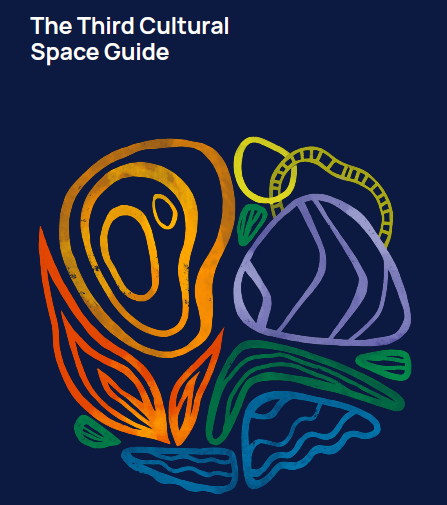The Third Cultural Space
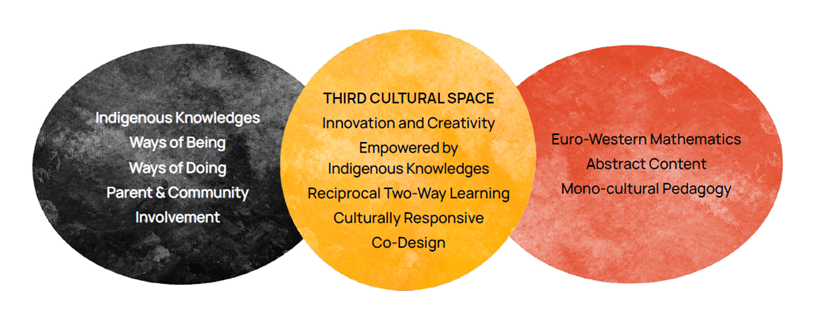
Image: The Third Cultural Space for Culturally Responsive Mathematics, Stronger Smarter Institute.
It has been recognised that when parents, community, Indigenous Knowledge holders and Indigenous teaching assistants are enabled to share knowledges, students are ‘more likely to perform better academically, stay in school longer and enjoy their schooling’ (DEEWR, 2018, p. 3).
To implement culturally responsive curriculum and culturally responsive pedagogy, a Third Cultural Space needs to be created.
‘The Third Cultural Space recognises that Indigenous communities have
distinct and deep cultural and world views — views that differ from those
found in most Western education systems. When Western and Indigenous
systems are acknowledged and valued equally, the overlapping or merging
of views represents a new way of educating.’ (Davis & Grose, 2008)
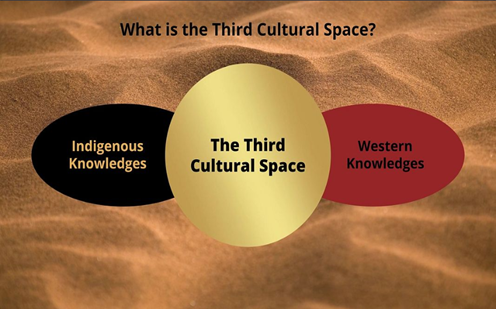
About the Third Cultural Space
This conceptual framework of the Third Cultural Space has been developed utilising the colours of the Aboriginal flag.
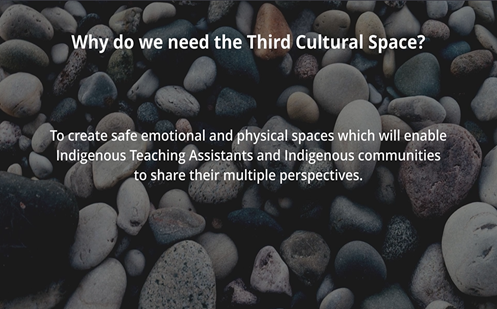
The intent of the Third Cultural Space
'The Third Cultural Space recognises that Indigenous communities have distinct and deep cultural and world views — views that differ from those found in most Western education systems. When Western and Indigenous systems are acknowledged and valued equally, the overlapping or merging of views represents a new way of educating.' (Davis & Grose, 2008)
The role of non-Indigenous people in the Third Cultural Space
'Schools that create environments which enable effective collaboration between classroom teachers and Aboriginal and Torres Strait Islander educators can maximise impacts on positive student learning.' (AITSL, 2021, p. 18)
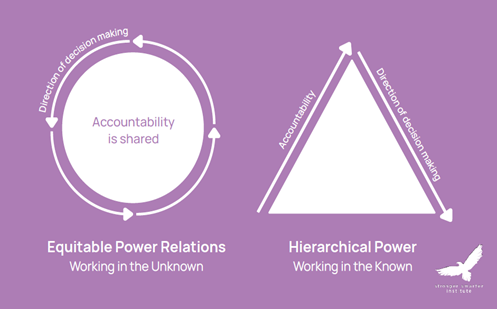
Cultural safety
'Workplace cultural safety supports Indigenous staff to feel welcome and included, providing them a sense of belonging. When a safe third cultural space is created, Indigenous staff feel respected and are comfortable to put forward their ideas, contribute knowledges and identify ways they can work between the school and the Indigenous community.' (Simone, 2022)
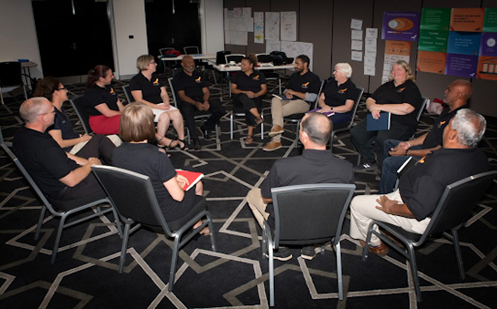
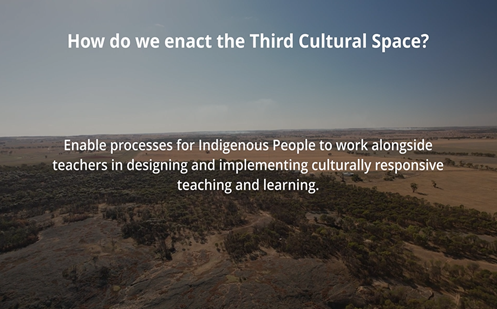
Enacting the Third Cultural Space
'Diversity and richness of Indigenous communities in Australia and the vast distances between communities, means Aboriginal and Torres Strait Islander educators are vital to meet student and community needs.' (AITSL, 2021 p. 8)
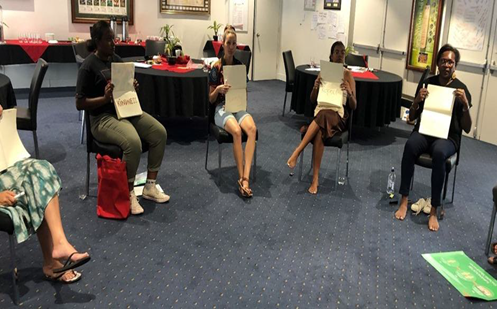
Engaging community in the Third Cultural Space
'Parents play a crucial role in supporting their children’s learning, and levels of parental engagement are consistently associated with better academic outcomes.’ (The Guidance Report, 2019)
Building a culturally responsive Australian teaching workforce
This toolkit developed by AITSL, provides resources to support the intercultural development of teachers to enhance their culturally responsive teaching practice.
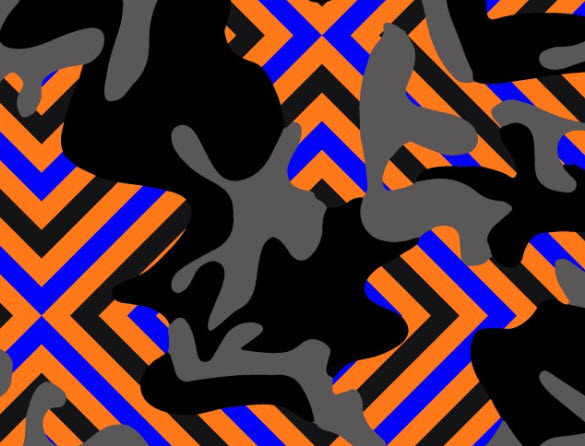
© 2023 Commonwealth of Australia. These resources may be used under a Creative Commons Attribution-Non Commercial-No Derivatives (CC BY-NC-ND 4.0) licence. These resources were created by Stronger Smarter Institute and Indigenous knowledge-holders.
